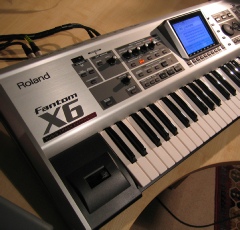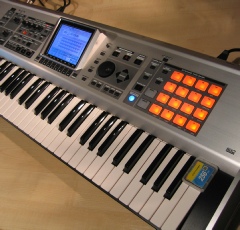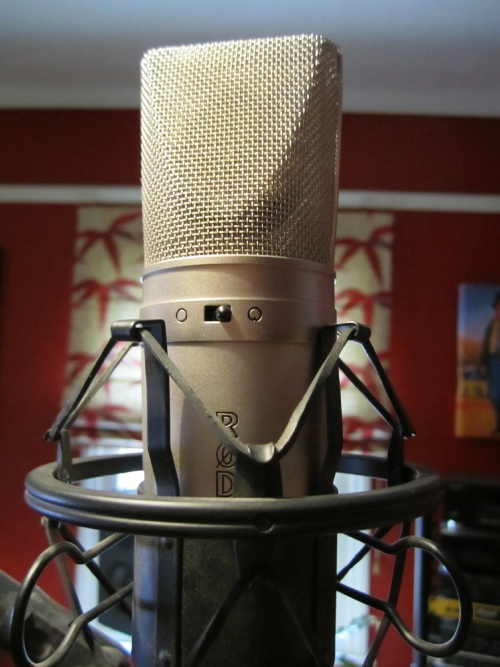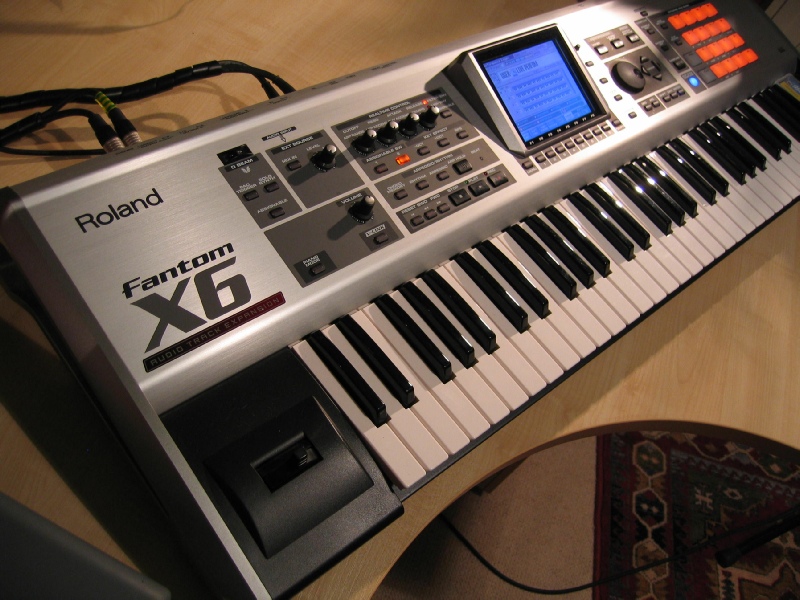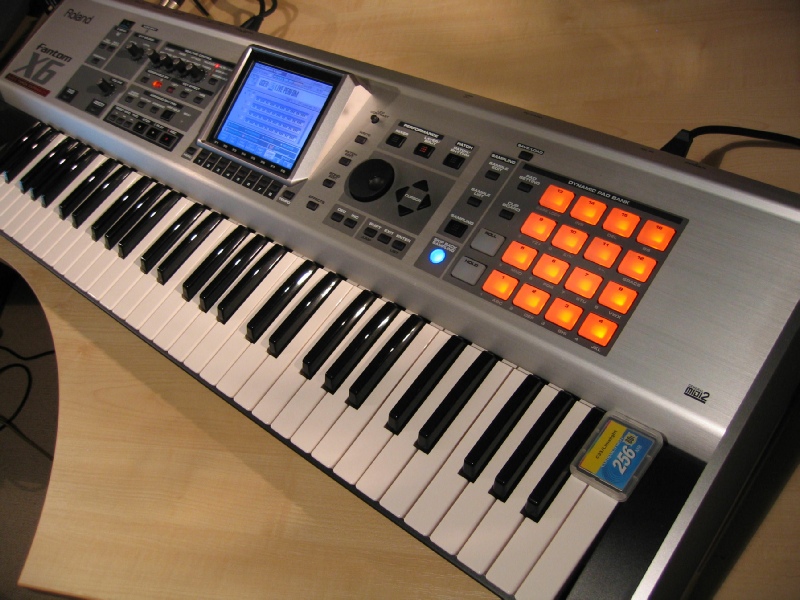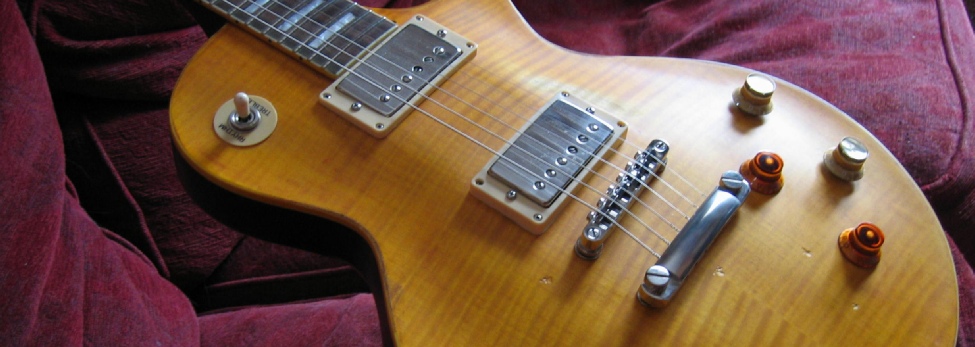





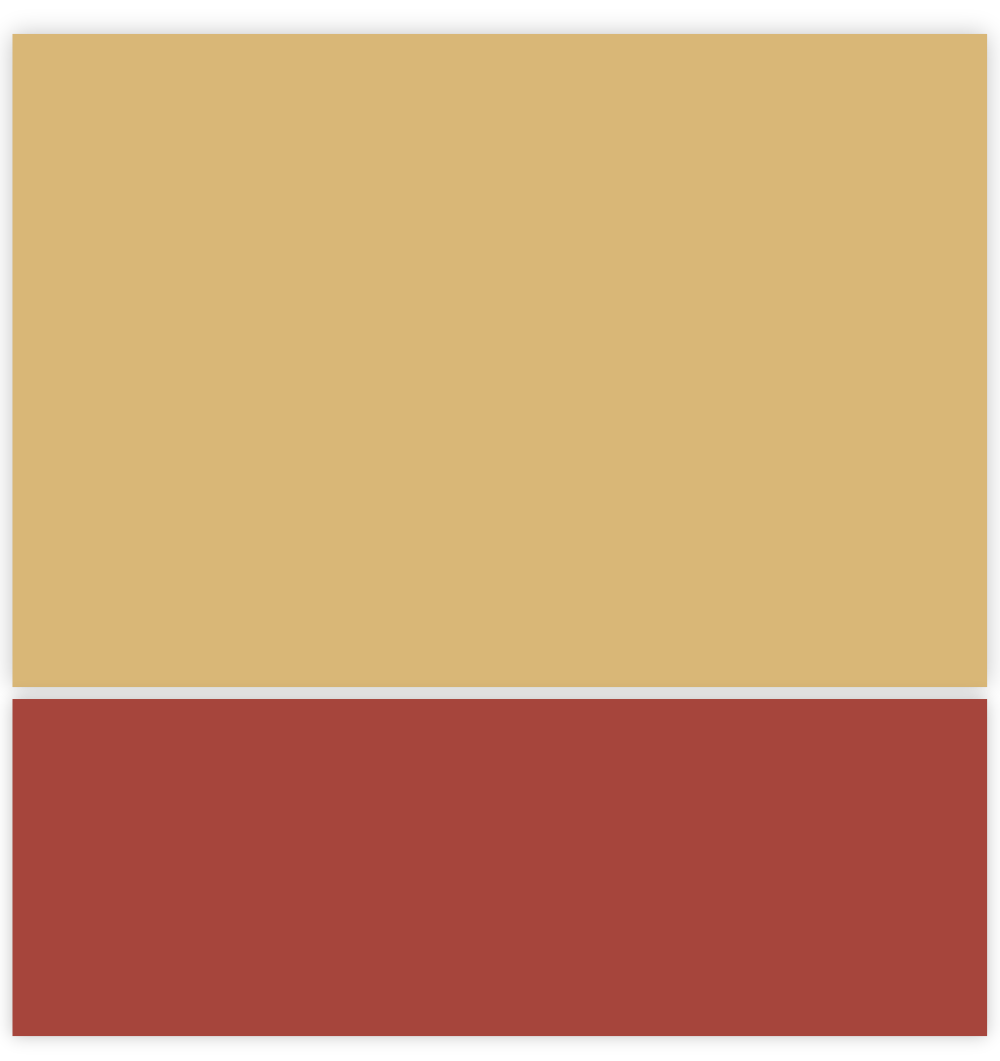
Microphones: You’ll need a good quality microphone to record vocals and probably other models if you intend to record live guitar, from the front of the amp, for example, and drums. As with other studio purchases, if you can afford to do so, buy the highest quality you can as (i) you’ll save money in the long run from not trading up too frequently and taking losses on previous purchases, and (ii) you’ll become very familiar with your tools over a long period and become far more adept at using them.
I’ve owned a Rode NT2 (get the pun? Rodent?) condenser microphone for ten years or so. It’s very good on vocals but it can also be used to mic up guitar amps and cabinets. The present model is the Rode NT2-A which costs about £225. It needs to be supplied with what’s called phantom power, which in my case is provided from my mixing desk, although you can buy a phantom power unit for about £25. Check if phantom power is needed when choosing a mic.
I still have the first mic I bought, an AKG C1000S, again a condenser type. It also needs phantom power but has a facility for an onboard 9v battery if that’s not available. The C1000S is multi-purpose although I only use it for vocals, and due to it’s long running success it is now priced at £90 or less.
You’ll also need a robust microphone stand (you don’t want to easily knock over a £200+ microphone!) and a pop-shield (seen at the bottom left of the top photo opposite) to disperse exploding consonants like ‘P’.
Roland Fantom X6 Synthesiser: To give it its full title, synthesiser workstation. There are two photos of mine on the left. The colour screen was a quantum leap when the X range was launched in 2004 and it certainly makes things easier when navigating the myriad of patches and options in the X6. The orange pads you can see are the drum machine pads where you can play inbuilt patterns, your own beats or you can also just play the pads live.
The Fantom X range (replaced in 2008 by the slightly more advanced Fantom G range with a larger screen) are all-in-one instruments where you can create whole songs in MIDI and digital audio within the instrument alone and then record them or play them back if that’s the way you’d like to work. Or, you can build tracks and export them as MIDI and/or audio to your DAW for further work. The ways of working are numerous.
It has a full onboard drum machine, a sequencer (although a bit fiddly to edit using the inbuilt screen as opposed to a computer screen), and hundreds of built-in patches (instrument sounds). I’ve bought add-on expansion cards so I have access to around 3,500 different sounds covering virtually all musical instruments and numerous alternative sounds for each.
Do you need such an instrument? Well, if you’re a keyboard player it’s quite likely you already have a synth/workstation by Roland, Yamaha or Korg, etc. who compete in a similar market. But as with other studio equipment these days, synth sounds have made the journey from large instrument boxes like the Fantom across to software, or soft synths as they’re called. So if you want your recordings to have sounds such as pianos, strings, bass guitars, brass instruments, nylon string guitars, and so on, you can either use a hardware synth like the Fantom or buy soft synths that plug into your DAW and give you the particular sounds you want, although you may still want a MIDI keyboard in order to play the sounds in. These are about a tenth the price of a full blown synth workstation as they are essentially just a keyboard. Although I’m not a keyboard player, I like working with the Fantom, but I also use soft synths when I need to.


